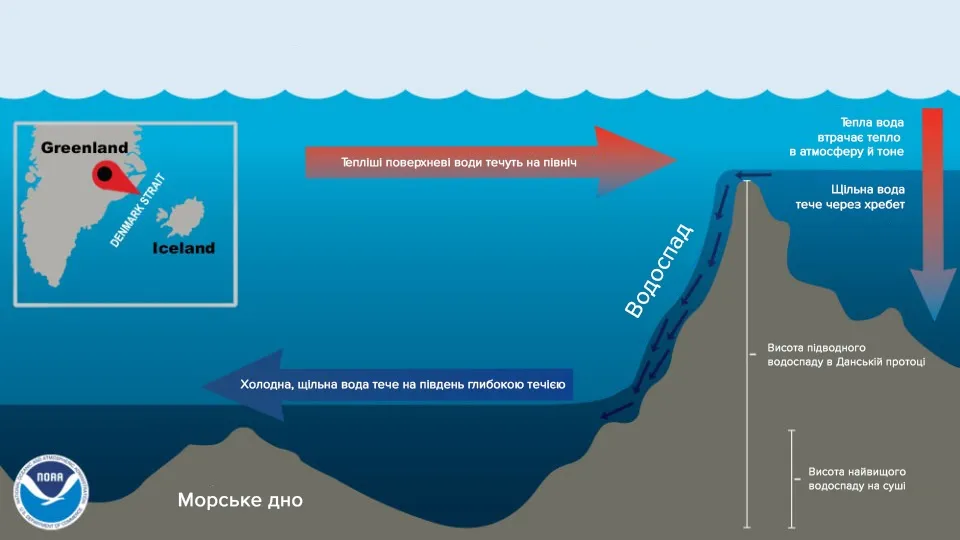So, did you know which is the largest waterfall in the world?
- April 27, 2024
- 0
The world’s largest waterfall Angel Falls is the tallest waterfall on land, 979 meters high and 150 meters wide at the base, resembling three Eiffel Towers stacked on
The world’s largest waterfall Angel Falls is the tallest waterfall on land, 979 meters high and 150 meters wide at the base, resembling three Eiffel Towers stacked on

Angel Falls is the tallest waterfall on land, 979 meters high and 150 meters wide at the base, resembling three Eiffel Towers stacked on top of each other. But technically it’s not the largest in the world.
That honor goes to a formation in the Denmark Strait, located between Greenland and Iceland. That’s right, the world’s largest and highest waterfall is under water. How is this possible? Because of temperature and salinity differences that drive most ocean currents. The Denmark Strait crosses the Arctic Circle and acts as a funnel for polar waters flowing from the northern seas to the Atlantic Ocean. However, like everywhere in the ocean, the waters in this region are heterogeneous.
North of the Denmark Strait, surface water in contact with cold Arctic air cools and becomes saltier as some of the water freezes, resulting in salt concentrations in the unfrozen portion. Since cold and salty water is denser than warm water, it sinks to the bottom of the sea, and another layer rises to the surface. This exchange feeds a deep ice current that flows southward through the strait and empties into the Irminger Sea in the northern Atlantic Ocean.
Of course, waterfalls always have rocks or cliffs, and the Denmark Strait is no exception. The 3,500-meter cliff on the sea floor near the southern tip of Greenland was carved by glaciers between 17,500 and 11,500 years ago, during the last ice age. Bottom waters flowing southward from the strait reach the edge of this cliff and spill over, forming a waterfall that sinks beneath the warmer surface waters of the Irminger Sea.

Diagram of the “working” of the underwater waterfall / NOAA/Ukrainian text – 24 Channels
The waters north of the falls, which scientists call the cataract or Denmark Strait overflow, are about 400 meters deep, but only the base 200 meters flows down the slope, the rest remains on the surface and mixes with the warmer waters flowing north. Throat.
Although the seafloor drops more than 3,500 meters, the waterfall itself is smaller. at an altitude of approximately 2,000 metersIt is twice the height of Angel Falls as it falls into a deep pool of cold, dense water. The overflow is impressive, nothing like a waterfall on land. The leak is as wide as the Denmark Strait. It extends over a remarkable 480 kilometers of seafloor.
But since everything happens below the water column, the dense water flowing down the slope reaches a speed of only 0.5 meters per second; this is much slower than walking speed and far from the speed recorded at Niagara Falls where the water fell. 109 km/h.
If you were there you probably wouldn’t notice anything. The same thing happens above the waves, where there are no signs indicating the underwater waterfall. Typical sunny arctic conditions are observed on the surface.
Source: 24 Tv
I’m Maurice Knox, a professional news writer with a focus on science. I work for Div Bracket. My articles cover everything from the latest scientific breakthroughs to advances in technology and medicine. I have a passion for understanding the world around us and helping people stay informed about important developments in science and beyond.